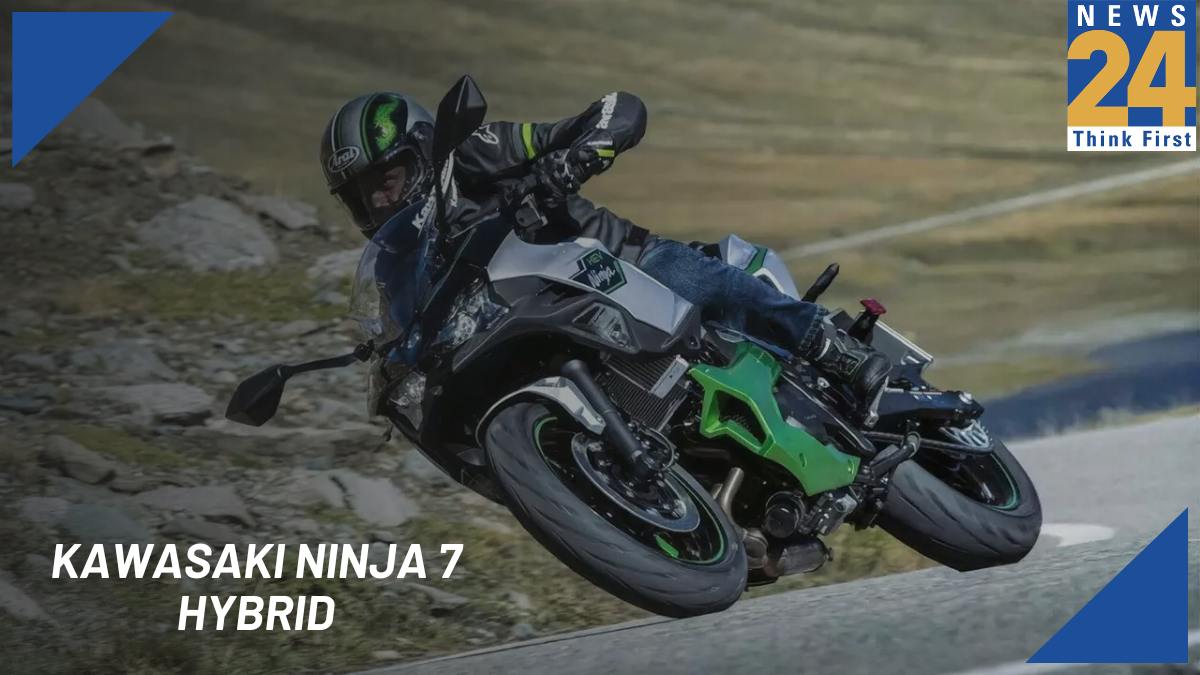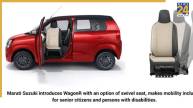After the recent overseas launch of the Ninja 7 and Z e-1 Hybrid motorcycles, Kawasaki has now patented the duo in India. This move has sparked discussions among Indian enthusiasts about whether these motorcycles will make their way to our shores soon or if it’s just a ‘hype’! Well, there are certain reasons suggesting the Ninja 7 Hybrid might not be suitable for the Indian market. Here’s why:
Ninja 7 Hybrid: Fuel efficiency a mystery?
According to Kawasaki, the Ninja 7 Hybrid will offer a mileage close to a 250cc petrol motorcycle. But it has a twin-cylinder engine which won’t deliver anything beyond 30kmpl. In the real world, the 2022 Kawasaki Ninja delivered 24.18kmpl mileage in city rides and 29.24kmpl out on the highway. So, you might not be able to save much on fuel.
Pricier than expected
The Kawasaki Ninja 7 Hybrid comes with a price tag of Rs 12.67 lakh (11,949 GBP). Surprisingly, the Kawasaki Z900, which is a more powerful motorcycle, costs less at about Rs 10.28 lakh (9,699 GBP).
This means that at a lower price, the Z900 offers you two extra cylinders, superior features and larger capacity, and the iconic inline-four sound. This makes the Ninja 7 Hybrid overpriced as compared to the Z900, which looks like a better deal if compared.
East vs West: The ‘value for money’ factor
In the West, motorcycle riding is more of a leisure activity, which is why Hybrid motorcycles fit in there. Moreover, if you are an owner of a hybrid motorcycle, you’ll be at the forefront of a unique technology. However, people in India prefer value for money. Therefore, they might choose other petrol options offered by Kawasaki providing better value.
Also Read: Kawasaki Z900 Vs KTM 990 Duke: Which One Is Right For You?
Trademarking in India: Securing rights, not guaranteeing arrival
So, why Kawasaki has trademarked the Ninja 7 Hybrid in India? The reason could be that manufacturers often trademark designs and names in India simply to protect the ownership even if they have no immediate plans to launch the product in the country. So, a trademark doesn’t mean that there is a guarantee that the product will be launched here in the future.
Therefore, the higher pricing and relatively modest fuel efficiency gains of the Kawasaki Ninja 7 Hybrid might not make it a very attractive option for Indian riders, who keep ‘value for money’ at the forefront. Furthermore, Kawasaki has introduced several exciting options in India like the Ninja 500, the 2024 Z900, and the Ninja ZX-6R offering more performance and value – fair enough to keep the Indian enthusiasts happy and satisfied!
Kawasaki Ninja 7 Hybrid: Specs
The Ninja 7 Hybrid boasts a 451cc parallel-twin engine mated to a 9kW electric motor and a 48-volt battery pack. This combo enables the motorcycle to make 58bhp and the e-Boost mode provides a further bump taking it up to 69bhp. The Ninja 7 Hybrid features an idle stop function and walk mode, allowing low-speed reverse and forward movement. The motorcycle gets three riding modes: EV, Eco Hybrid, and Sport Hybrid. It gets a full-colour TFT screen, just like the Ninja e-1 has.
Kawasaki Z e-1 Hybrid: Specs
With a pair of 1.5kWh batteries linked to a 9kW motor, the Kawasaki Z e-1 Hybrid offers a claimed range of 65km. The boost mode helps the motorcycle hit a top speed of 104kmph. It comes with two ride modes: Eco and Road.
The features list includes small tank extensions, a single pod headlight, a split seat, LED illumination, smartphone connectivity, ABS, TFT, eco-boost, Ergo Fit, and walk mode.
Also Read: Kawasaki Ninja 500 Vs Yamaha YZF-R3: Which One Should You Choose?













